Some snacks and drinks leave such a lasting impression that even years after their disappearance, they remain fondly remembered by those who enjoyed them. Whether it’s the unique flavors, creative designs, or nostalgic marketing, these iconic treats hold a special place in pop culture and personal memories alike. Many of these products disappeared due to changing consumer tastes, production challenges, or competition, but their legacies endure. In this list, we revisit 16 beloved snacks and drinks that vanished from store shelves, exploring what made them iconic and why they’re still cherished by fans today.
Crystal Pepsi
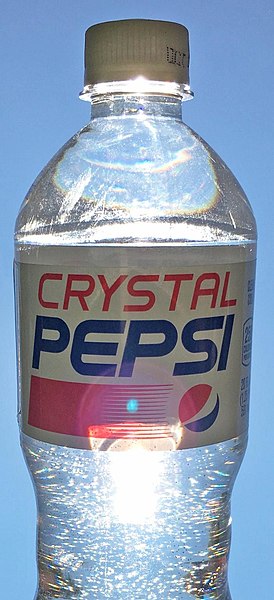
Launched in the early 1990s, Crystal Pepsi promised to revolutionize the soda industry with its clear, caffeine-free formula. Advertised as a healthier, cleaner alternative to traditional colas, it was a product of its time. Despite heavy marketing, including a Super Bowl ad, it struggled to find a consistent audience. Many consumers were puzzled by its cola flavor that looked like water, leading to declining sales. By 1994, the drink was discontinued, but nostalgia prompted occasional re-releases in limited markets. Fans of retro products still remember its refreshing yet polarizing taste. Though short-lived, Crystal Pepsi’s transparency literally and figuratively marked a bold attempt to innovate.
Doritos 3D
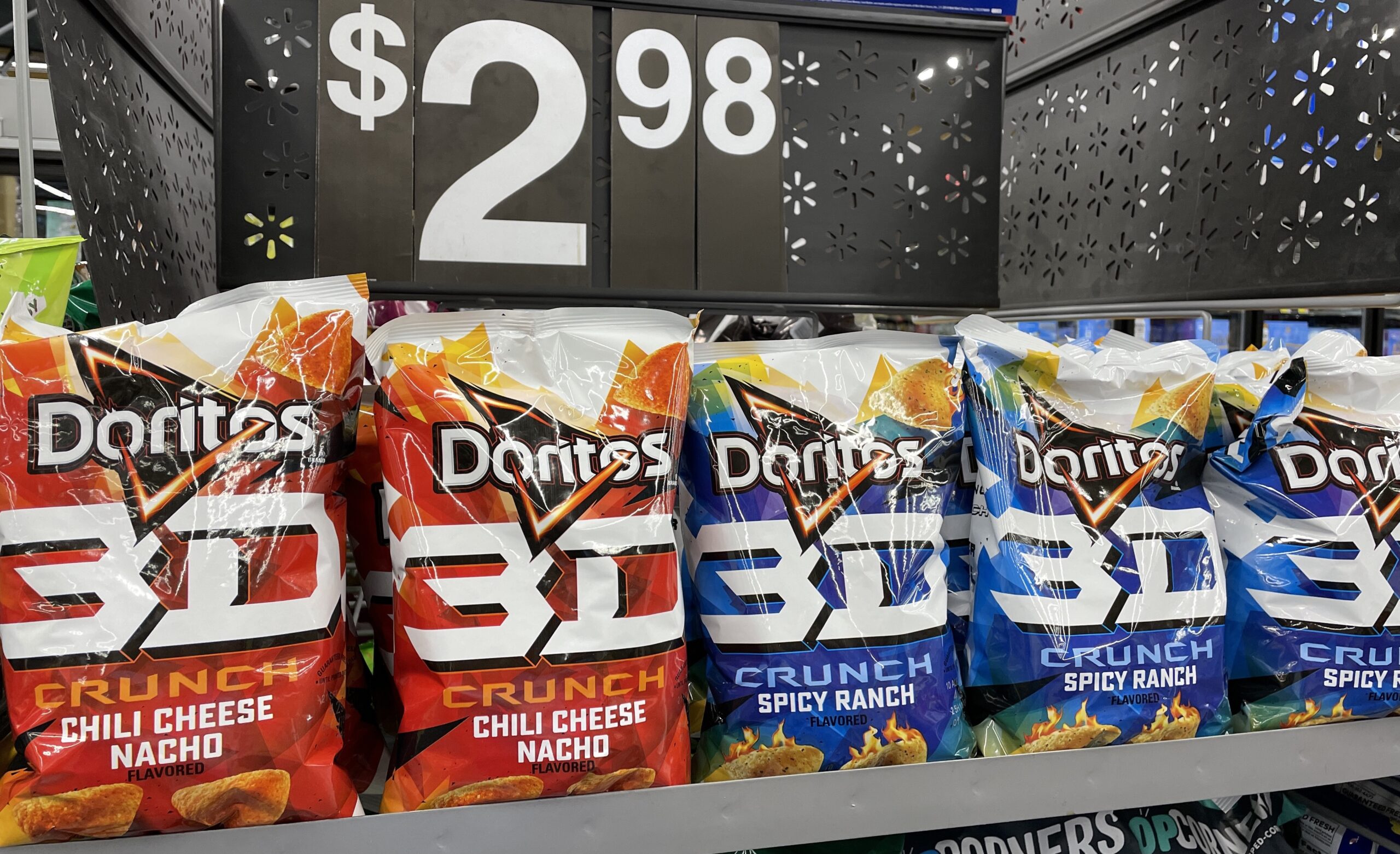
Doritos 3D was a snack ahead of its time, offering a puffed, hollow version of the classic chips in the late 1990s and early 2000s. The unique texture and fun shapes made them a favorite among kids and adults alike. Flavors like Jalapeño Cheddar and Nacho Cheese made snacking feel futuristic and exciting. Despite initial popularity, sales eventually plateaued, leading to the product’s quiet discontinuation. Some blamed the lack of consistent flavor innovation for its demise. Fans rallied for its return, and limited re-releases have occurred. However, the original Doritos 3D remains a cherished memory for those who grew up with it.
Hi-C Ecto Cooler

Created as a tie-in for the Ghostbusters franchise, Hi-C Ecto Cooler debuted in 1987 and quickly became a cultural icon. Its neon green color and sweet citrus flavor captured the imagination of children everywhere. The drink outlived its promotional purpose, remaining on shelves for nearly a decade thanks to its popularity. Unfortunately, changing tastes and declining sales led to its discontinuation in 2001. The drink was briefly revived in 2016 for the Ghostbusters reboot but disappeared again soon after. Fans still clamor for its return, often attempting to replicate its flavor. Ecto Cooler remains synonymous with 1980s and 1990s pop culture nostalgia.
Butterfinger BB’s
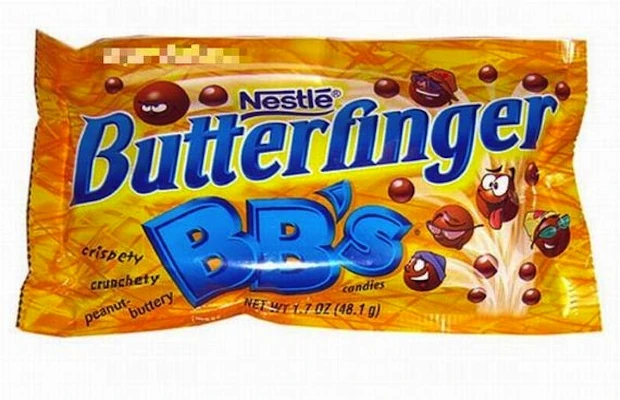
Butterfinger BB’s were bite-sized balls of the classic Butterfinger candy bar, released in the early 1990s. Their crunchy, peanut-buttery goodness was perfectly packaged for sharing or snacking on the go. The clever advertising campaign featuring The Simpsons helped cement their popularity. However, inconsistent production quality and melting issues frustrated consumers, leading to a decline in sales. By 2006, Butterfinger BB’s disappeared from shelves, leaving fans longing for their unique charm. While Butterfinger Bites later attempted to fill the void, they never quite captured the magic of the BB’s. Nostalgia keeps their memory alive among candy enthusiasts.
Pepsi Blue
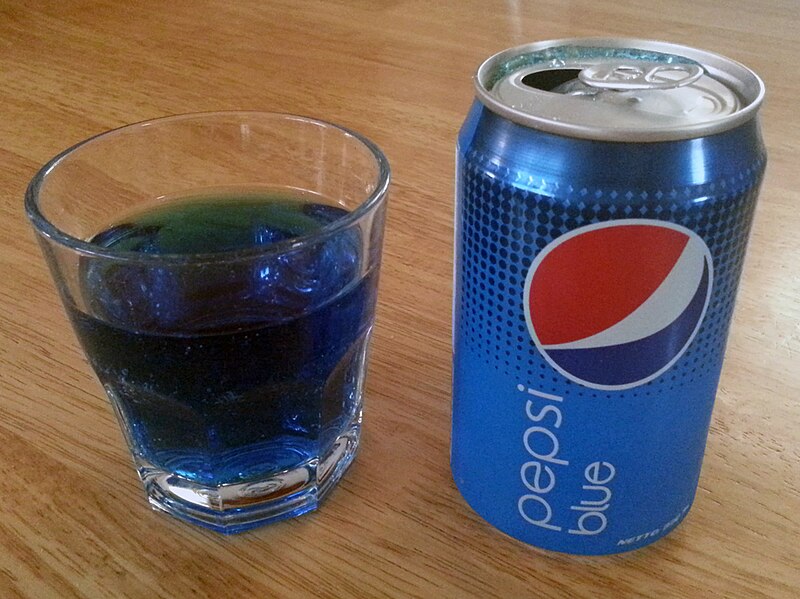
Pepsi Blue hit the market in 2002, aiming to appeal to a younger demographic with its vibrant blue hue and berry-flavored twist. It was a bold departure from traditional cola, designed to stand out on shelves. However, the flavor was divisive, with many criticizing its overly sweet, candy-like taste. Despite an extensive marketing campaign, including endorsements from pop stars, sales were underwhelming. The soda was discontinued by 2004, fading into obscurity. Occasional international releases have kept it in the public consciousness. Pepsi Blue remains a nostalgic relic of early-2000s beverage experimentation.
Dunkaroos

Dunkaroos, a lunchbox staple of the 1990s, offered cookies paired with frosting for a DIY dessert experience. With a kangaroo mascot and a variety of cookie and frosting flavors, it became a favorite among kids. The snack was discontinued in the U.S. in 2012, much to the dismay of its devoted fans. Many blamed changing dietary trends and shifting consumer preferences for its demise. In 2020, Dunkaroos made a triumphant return, though some fans argue the new recipe lacks the original magic. Its cultural significance as a 1990s icon remains undeniable. Dunkaroos remind many of a simpler, sweeter time.
Planters Cheez Balls
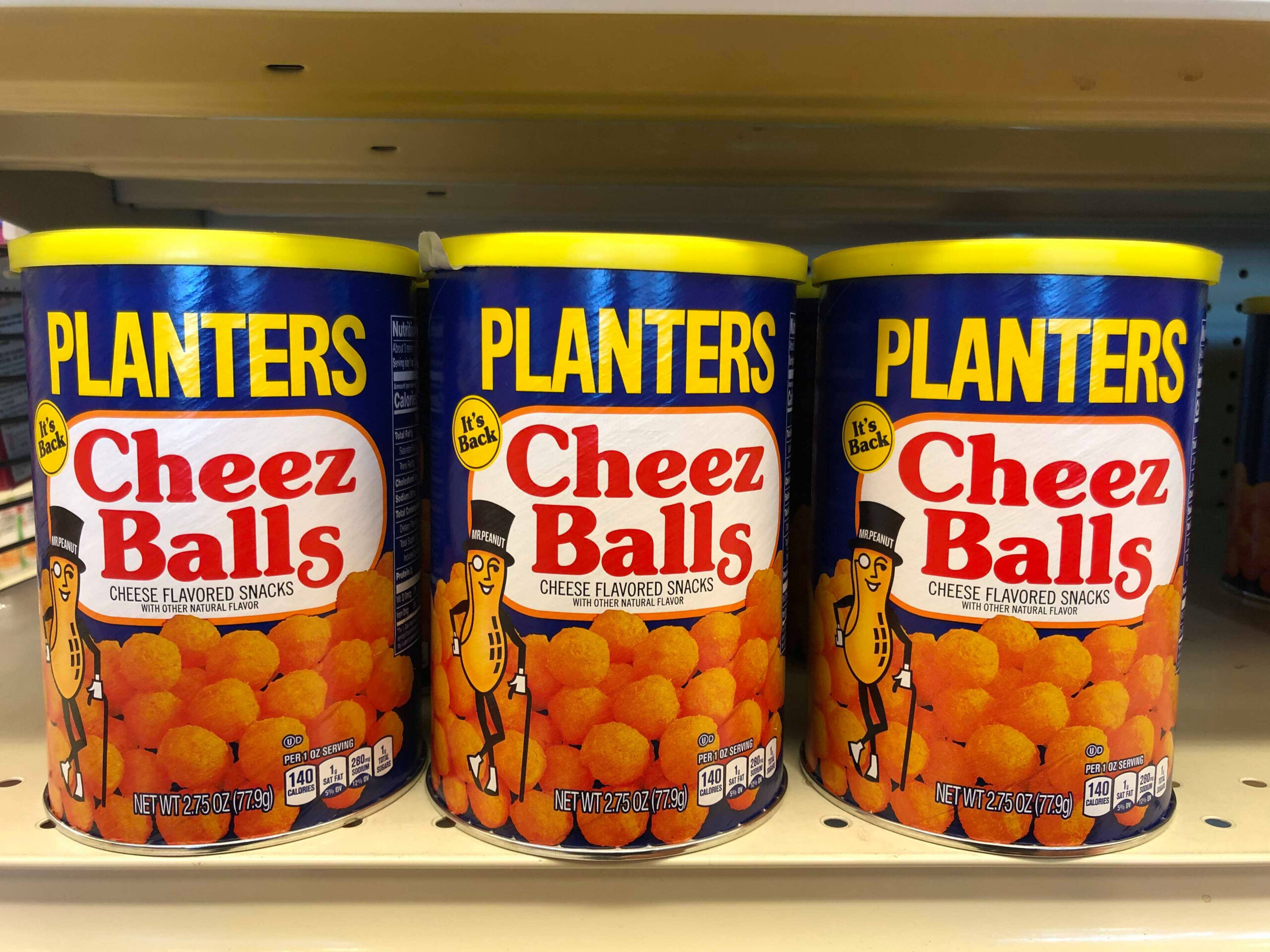
Planters Cheez Balls were a cheesy, crunchy snack beloved for their addictive flavor and iconic canister packaging. Popular throughout the 1980s and 1990s, they were a party staple. Despite their popularity, they were discontinued in the early 2000s, leaving fans searching for alternatives. Many attribute their disappearance to shifts in marketing strategies and production costs. After years of fan petitions, Planters finally brought them back in limited runs starting in 2018. However, some argue the taste and texture aren’t quite the same. Cheez Balls remain a nostalgic treat for snack lovers everywhere.
Fruitopia

Launched in 1994, Fruitopia was Coca-Cola’s attempt to tap into the health-conscious market with fruity, new-age beverages. The vibrant flavors, paired with psychedelic advertising, resonated with Generation X. Despite initial success, competition from Snapple and changing consumer preferences led to declining sales. By 2003, Fruitopia was phased out in most markets, surviving only in limited formats. Its quirky branding and unique flavors are still fondly remembered. Fans often debate which flavor was the best, with Strawberry Passion Awareness being a standout. Fruitopia’s disappearance marked the end of an era for alternative drinks.
Sprite Remix
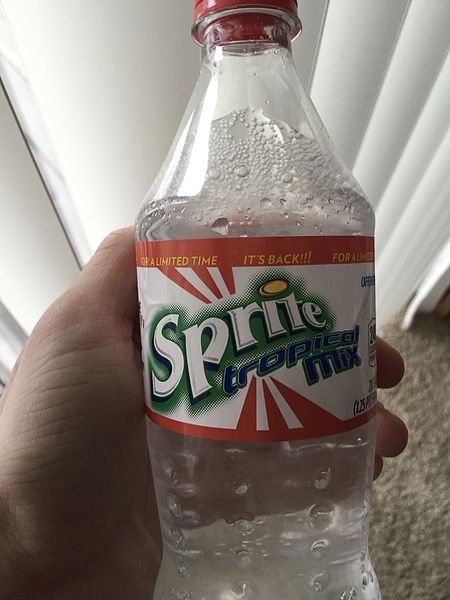
Sprite Remix debuted in 2003 as a tropical twist on the classic lemon-lime soda. The drink came in three flavors: Tropical, Berryclear, and Aruba Jam. Its vibrant branding and unique taste made it a hit among younger consumers. However, Sprite Remix was discontinued by 2005 due to declining interest. Many fans fondly recall its refreshing and unconventional flavor profile. Occasionally, similar limited-edition sodas have attempted to recapture its essence. Sprite Remix’s brief but memorable run made it a standout in soda history.
PB Crisps
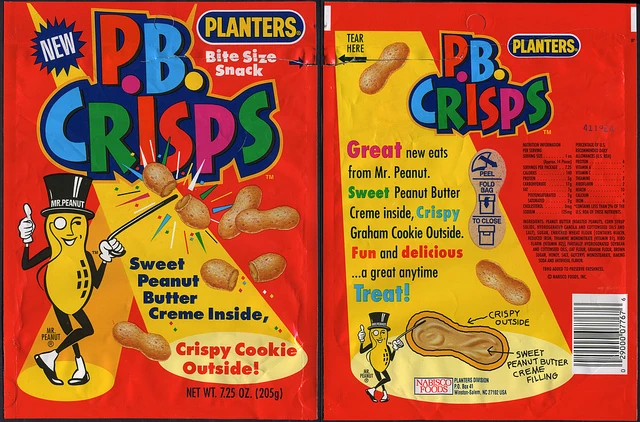
PB Crisps were a peanut butter lover’s dream, introduced by Planters in the early 1990s. These sweet snacks featured a crispy outer shell filled with creamy peanut butter, offering a perfect balance of textures. Fans adored them for their portability and satisfying flavor, making them a popular choice for school lunches and snacks. Despite their cult following, they were quietly discontinued in the late 1990s. Rumors of high production costs and changing snack trends contributed to their disappearance. Today, enthusiasts still share petitions and recipes in an attempt to recreate this nostalgic treat. PB Crisps remain a fond memory for those who grew up enjoying them.
Orbitz
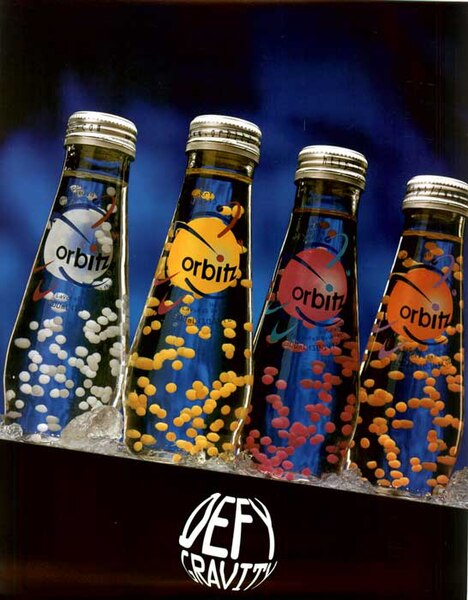
Orbitz, launched in 1997, was more than a drink—it was a visual spectacle. This futuristic beverage featured suspended edible gelatin balls that floated in a clear, fruit-flavored liquid. Despite its innovative design, Orbitz struggled to win over consumers due to its unusual texture and niche appeal. By 1998, the product was pulled from shelves, becoming a collector’s item for beverage enthusiasts. Its unique appearance and short-lived status have turned it into a symbol of 1990s experimental marketing. While its flavor was often divisive, the drink’s unforgettable aesthetic keeps it alive in pop culture lore. Orbitz was truly ahead of its time.
Pepsi AM
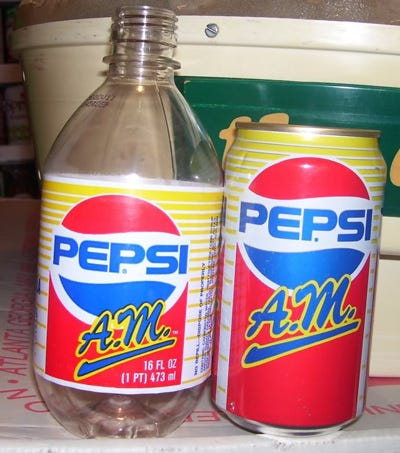
Pepsi AM was launched in 1989 as a morning-friendly soda with extra caffeine, targeting coffee drinkers who preferred a sweeter alternative. Despite its innovative concept, the product struggled to gain traction. Many consumers were confused by the idea of soda as a breakfast beverage, leading to its short-lived existence. By 1990, Pepsi AM was discontinued, becoming a quirky footnote in soda history. Its legacy lives on as one of Pepsi’s boldest marketing experiments. While it failed commercially, it paved the way for other caffeinated beverages like energy drinks. Pepsi AM remains a conversation starter among soda enthusiasts.
Viennetta Ice Cream
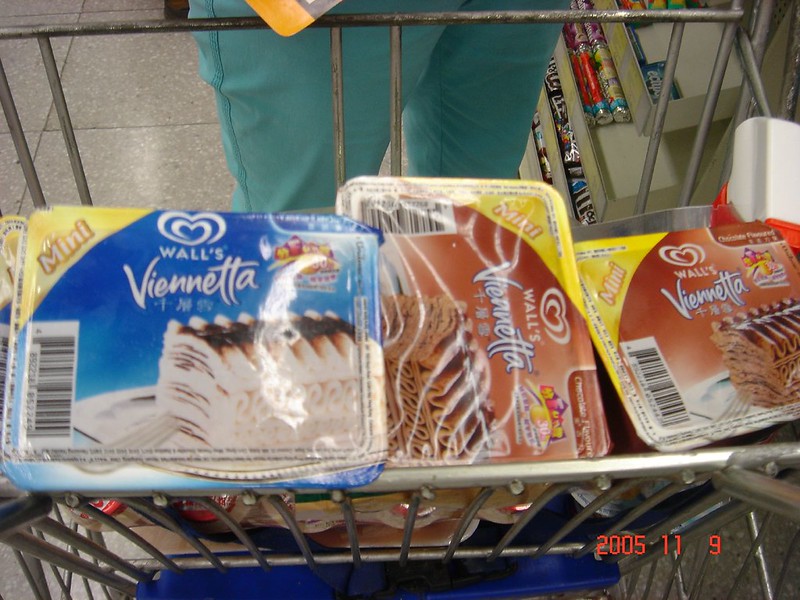
Viennetta was a luxurious layered ice cream cake introduced by Breyers in the 1990s. Its elegant design and rich texture made it a go-to dessert for special occasions. Despite its initial popularity, Viennetta disappeared from U.S. shelves in the early 2000s, though it continued to thrive in international markets. Fans mourned its loss, often reminiscing about its unique combination of creamy ice cream and crisp chocolate layers. Occasional rumors of a U.S. comeback have stirred excitement, but they rarely come to fruition. Viennetta remains a symbol of indulgence for those who were lucky enough to enjoy it. Its absence only heightens its mystique.
Crispy M&M’s (Original)
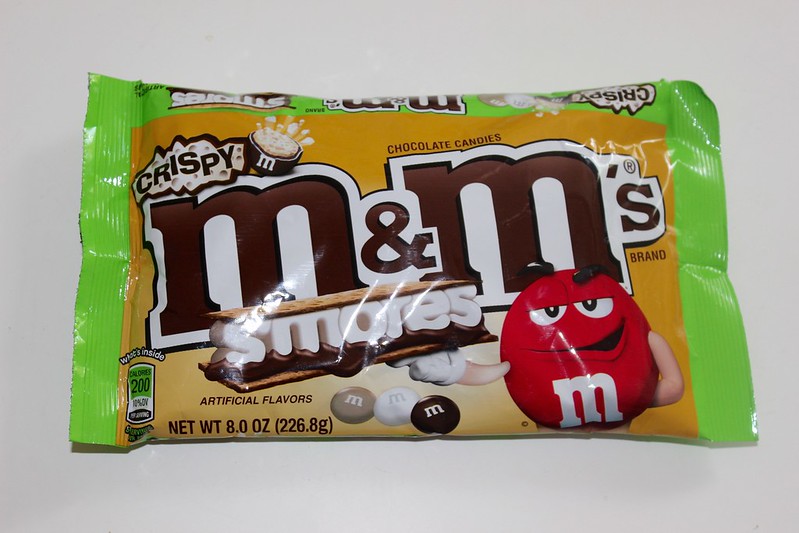
Crispy M&M’s debuted in the late 1990s, featuring a puffed rice center that added a satisfying crunch to the classic candy. Initially popular, they disappeared from U.S. shelves in 2005, much to fans’ disappointment. The company cited declining sales, but many loyalists believed the snack’s appeal was underestimated. While a revamped version returned in 2015, some argue it doesn’t quite match the original. Crispy M&M’s left a lasting impression on candy lovers who enjoyed their lighter, airier bite. Today, they remain a nostalgic reminder of late-1990s candy innovation. Their discontinuation sparked ongoing demand for retro candies.
Altoids Sours
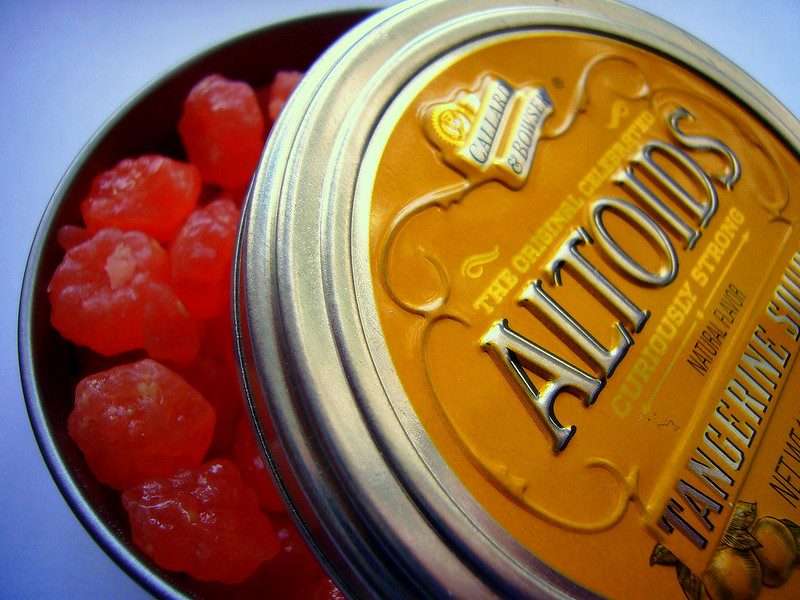
Altoids Sours hit the market in the early 2000s, offering a tangy twist on the classic mint brand. Packaged in colorful tins, these intense sour candies quickly gained a cult following. Despite their popularity, production ceased in 2010, with the company citing lackluster sales. Fans have since lamented their disappearance, often paying exorbitant prices for unopened tins on resale platforms. The candies’ bold flavors and compact packaging made them an unforgettable treat. Altoids Sours’ unique tang still holds a special place in the hearts of its fans. Their absence has only amplified their legendary status.
Surge
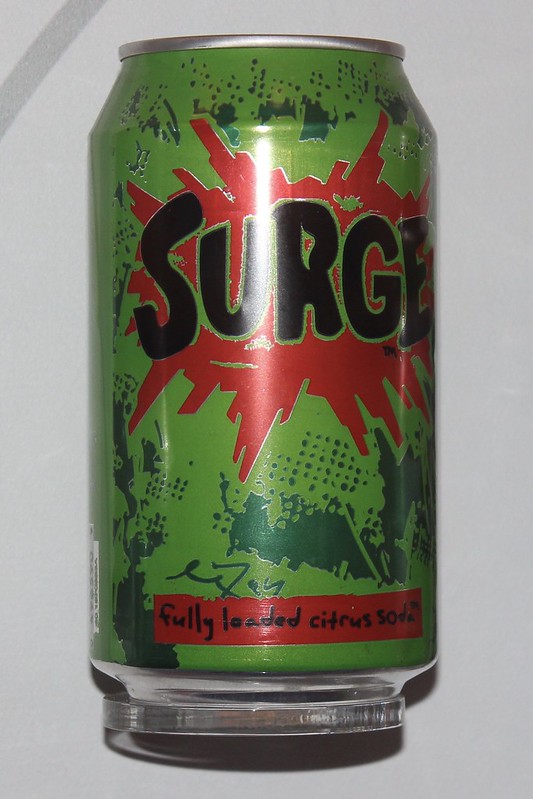
Surge, Coca-Cola’s answer to Mountain Dew, launched in 1996 with a citrusy flavor and edgy branding. Its high caffeine content and fluorescent green color made it a hit with teenagers. However, health concerns and declining sales led to its discontinuation in 2003. Surge’s devoted fans launched campaigns for its return, leading to limited rereleases in the mid-2010s. While it briefly regained traction, it eventually faded into obscurity once more. Despite its ups and downs, Surge is remembered as an emblem of 1990s energy and excess. Its legacy endures among those who craved its bold, in-your-face flavor.
This article originally appeared on Rarest.org.
More From Rarest.Org
14 Largest Cathedrals in the World

Political parties shape the world and often reflect their nations’ histories. Some parties have stood the test of time, dating back centuries and embodying deep cultural roots. Read more.
22 Peculiar Birds with Unusual Mating Rituals
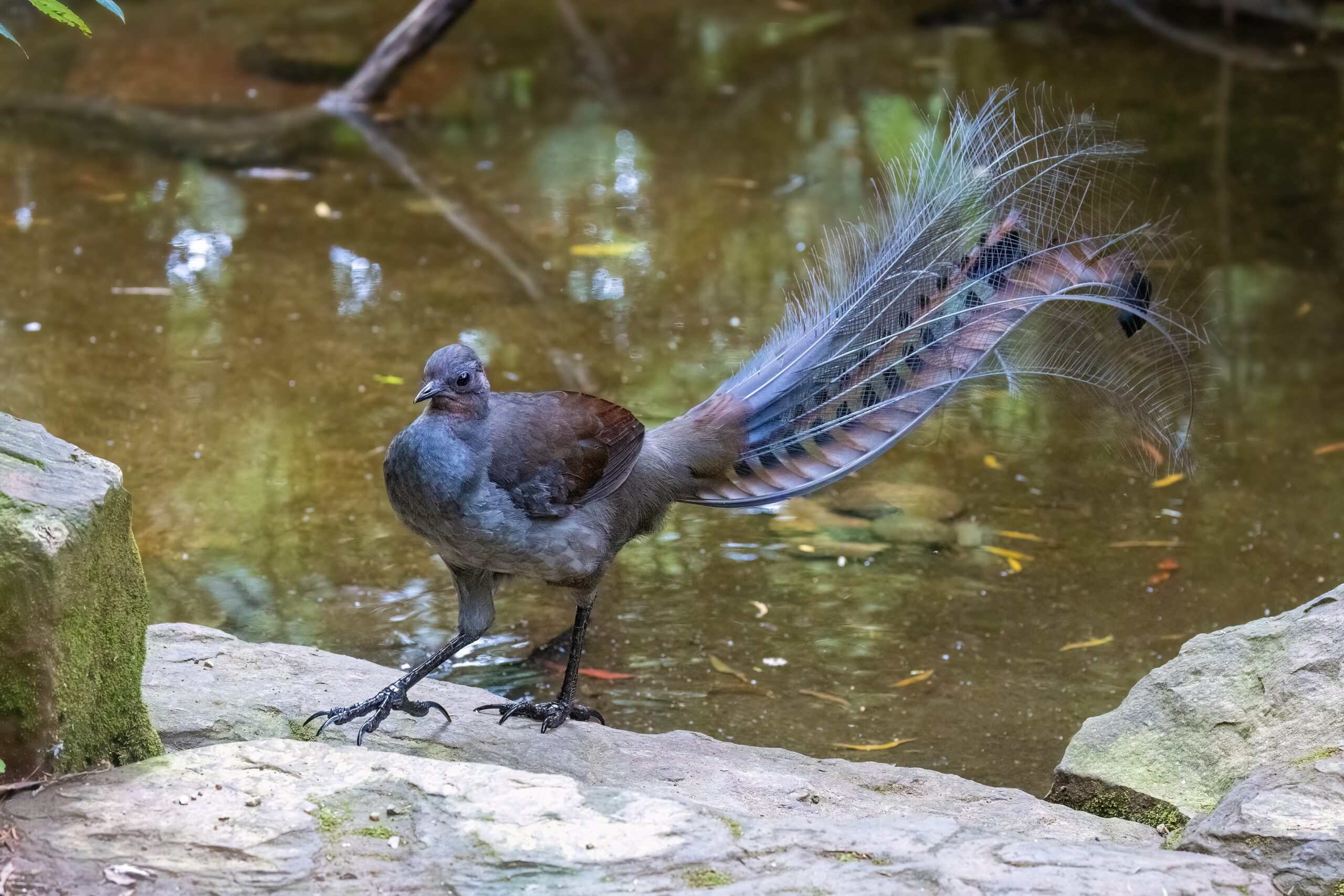
Birds exhibit a wide array of fascinating behaviors, but some stand out for their particularly strange mating rituals. These courtship displays are as varied as the birds themselves, showcasing everything from intricate dances to vibrant displays of color and sound. Read more.
19 Largest Employers in the United States
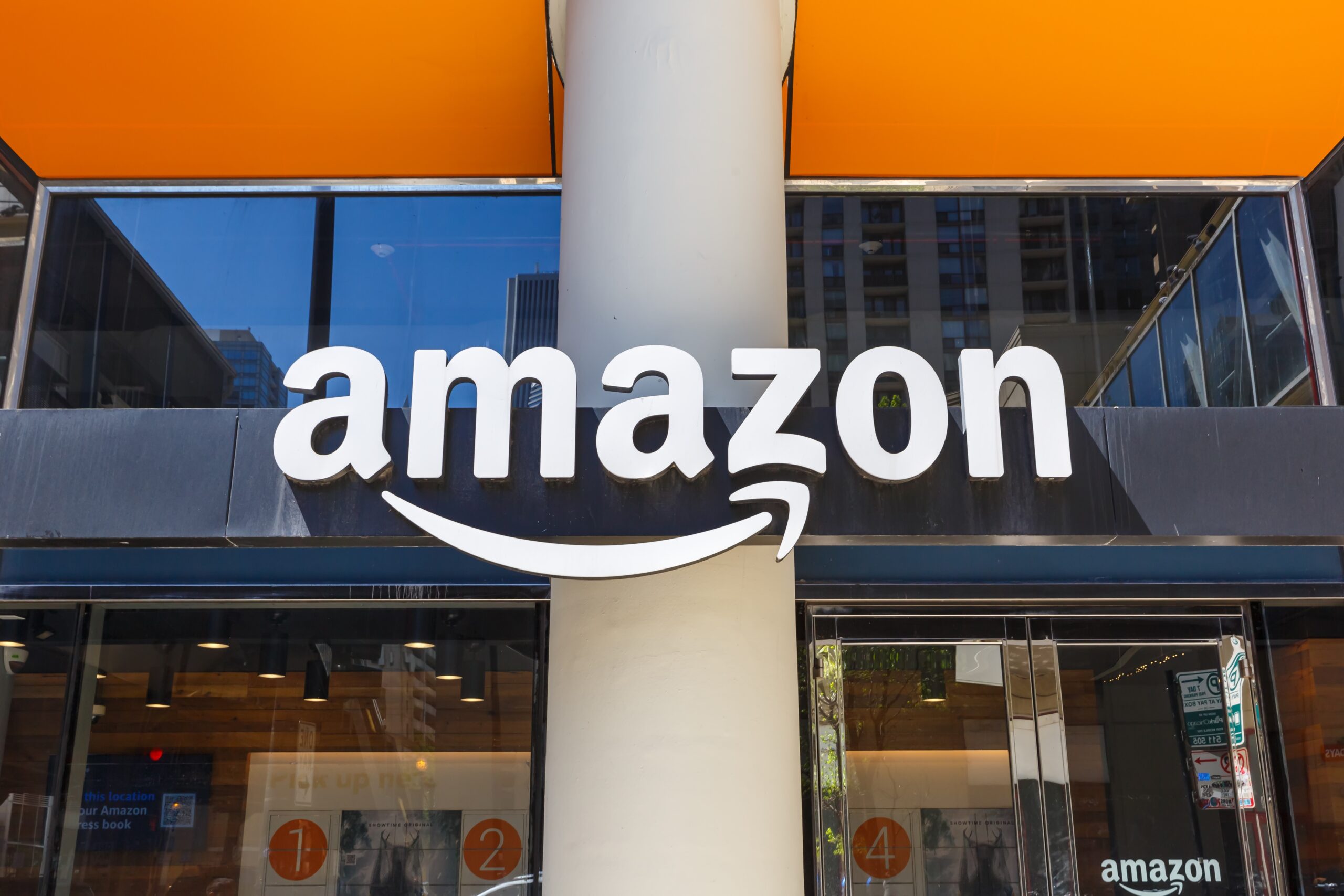
The largest employers in the United States are known for their vast workforces and significant influence across various industries. Each company has its unique footprint in healthcare, home improvement, or hospitality. Read more.
